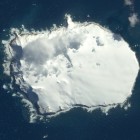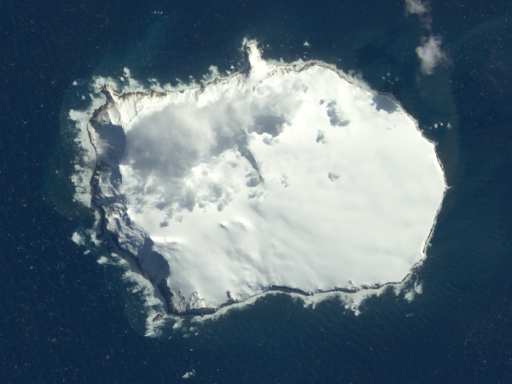While reviewing and processing satellite data i frequently come across images that would be useful for mapping in OpenStreetMap – either because the imagery available in the normal sources like the Bing and Mapbox satellite layers contains no images at all or poor quality or outdated data. I do not usually have the time to follow up on this myself so i here make available some of these findings for anyone interested to use in OSM mapping.
To use the images in JOSM enter the following as a new image provider:
tms:http://imagico.de/map/osmim_tiles.php?z={zoom}&x={x}&y={-y}
You can also view the images in your browser to get an idea.
The areas currently covered are all fairly remote – elsewhere more detailed, fairly up-to-date and good quality images are often available from other sources. The selection is still somewhat arbitrary of course. I focussed on areas where OSM data is either particularly bad or where current mapping is clearly limited by the lack of good images. If you have areas where coverage in usual sources is bad and you think or know better or more up-to-date imagery is available from free sources like Landsat and could help for better mapping in OSM and where local mapping is not really feasible let me know – i can’t promise anything but in principle i can add other areas.
In addition to the images themselves you can find some metadata included with the tiles in the Etag header – you can see it when you right click on the image in JOSM and select ‘show tile info’.
A word of warning – remote mapping in OpenStreetMap in general requires specific skills and considerations. In the polar regions (where all images are currently located) you need to take the seasonal variations into account. The Devon Island imagery in particular contains some fresh snow so it cannot be used for mapping glacier extent in most parts. Some of the images are false color infrared which helps identifying some things but which can also be misleading if you are not used to it. Also image alignment is not that good in some cases and needs to be corrected.




July 15, 2015 at 17:53
Nice! 🙂
Where do you get your images from? Can be great resource for others…
July 18, 2015 at 19:52
Right now all images are from the USGS. Landsat images have a link in the Metadata to the corresponding Earthexplorer page.